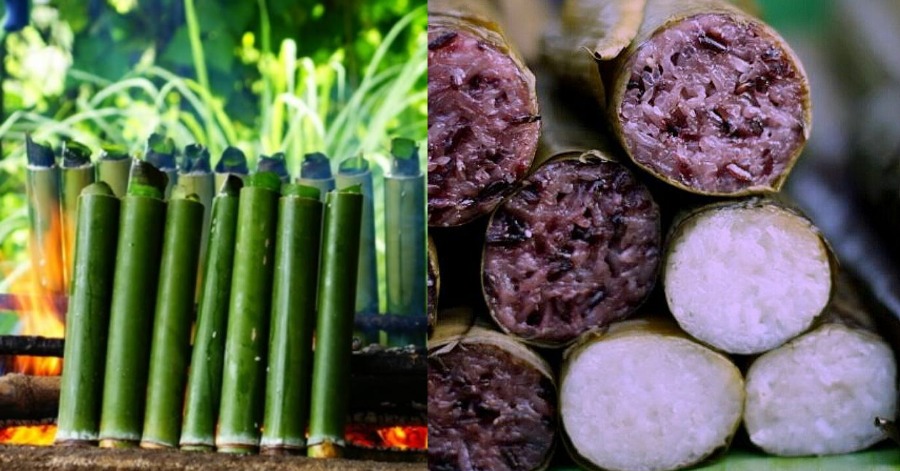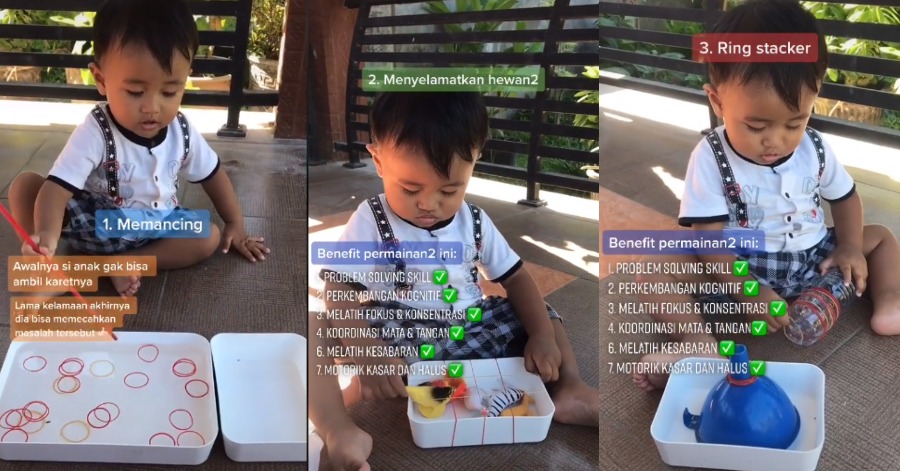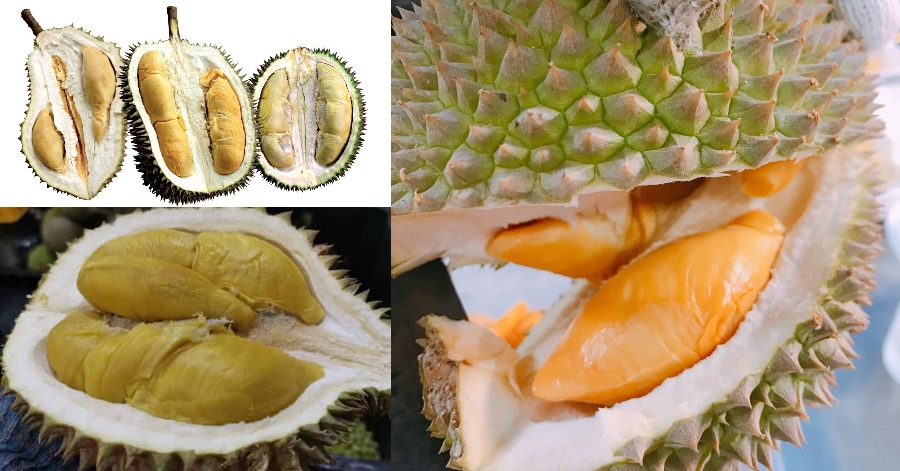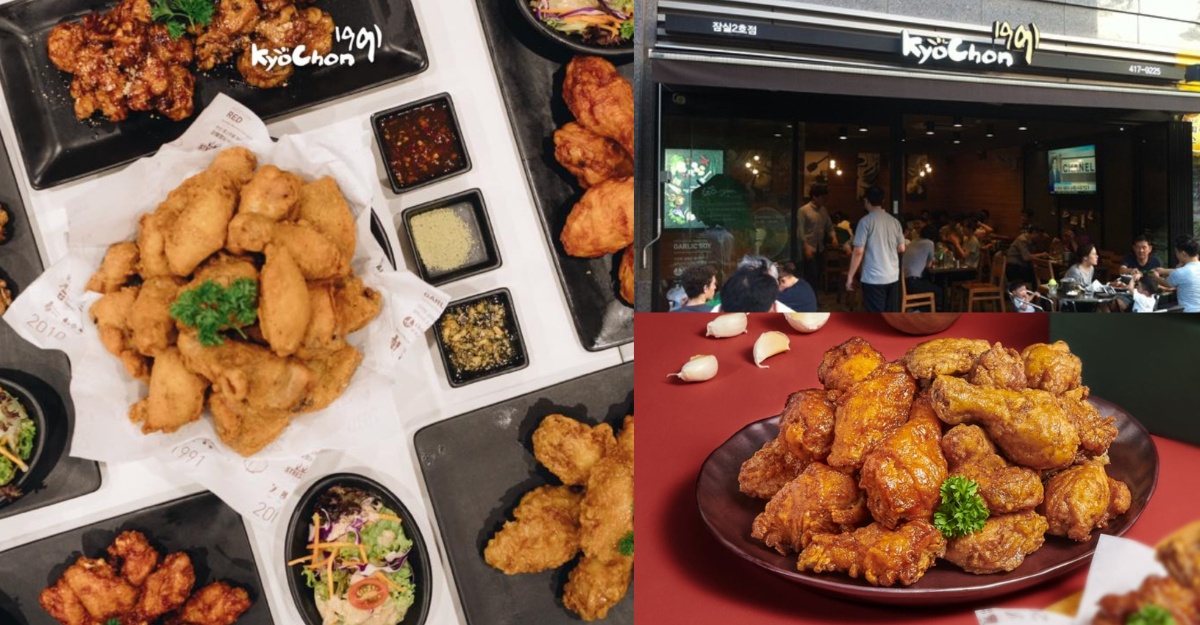Lemang is actually a Minang traditional food made from glutinous rice, coconut milk, and salt, it is cooked in a hollowed bamboo tube coated with banana leaves in order to prevent the rice from sticking to the bamboo. It is found in Maritime Southeast Asian countries, especially in Indonesia, Malaysia, Brunei, and Singapore, as similar dishes made from sticky rice in bamboo are common throughout Mainland Southeast Asia.
Lemang is considered more as food that symbolizes excitement and friendly relations between human beings. This is because lemang is not an ordinary food that is easy to cook, it requires the right technique and method. Therefore, the nature of helping our fellow humans must be there to get a satisfying taste and texture.

There are different variations of Lemang such as:
1) Lemang
This is the regular kind of Lemang that is available in many places. It uses plain white sticky rice and uses basic raw materials without any additives added to them.
2) Lemang Pulut Hitam
Lemang Pulut Hitam has the same recipe as regular lemang, the only difference is that the type of sticky rice used is black sticky rice. When cooked, the lemang will turn black in color but it won’t taste as close to the usual lemang flavor.
3) Lemang Jagung
Lemang Jagung uses the same ingredients as regular lemang, the only difference is the addition of corn which adds a sweet taste to the lemang. The color and texture of lemang will also look a little different because the sticky rice is mixed with corn.
Lemang can be enjoyed together with other side dishes such as rendang, peanut sauce, red-cooked chicken, lodeh, serunding, and many more. Lemang is just like rice, you can enjoy it with various types of side dishes and it is also filling because lemang is made instead of sticky rice which contains a high carbohydrate content.
Sources: Journal Of Ethic Foods









Leave a Comment